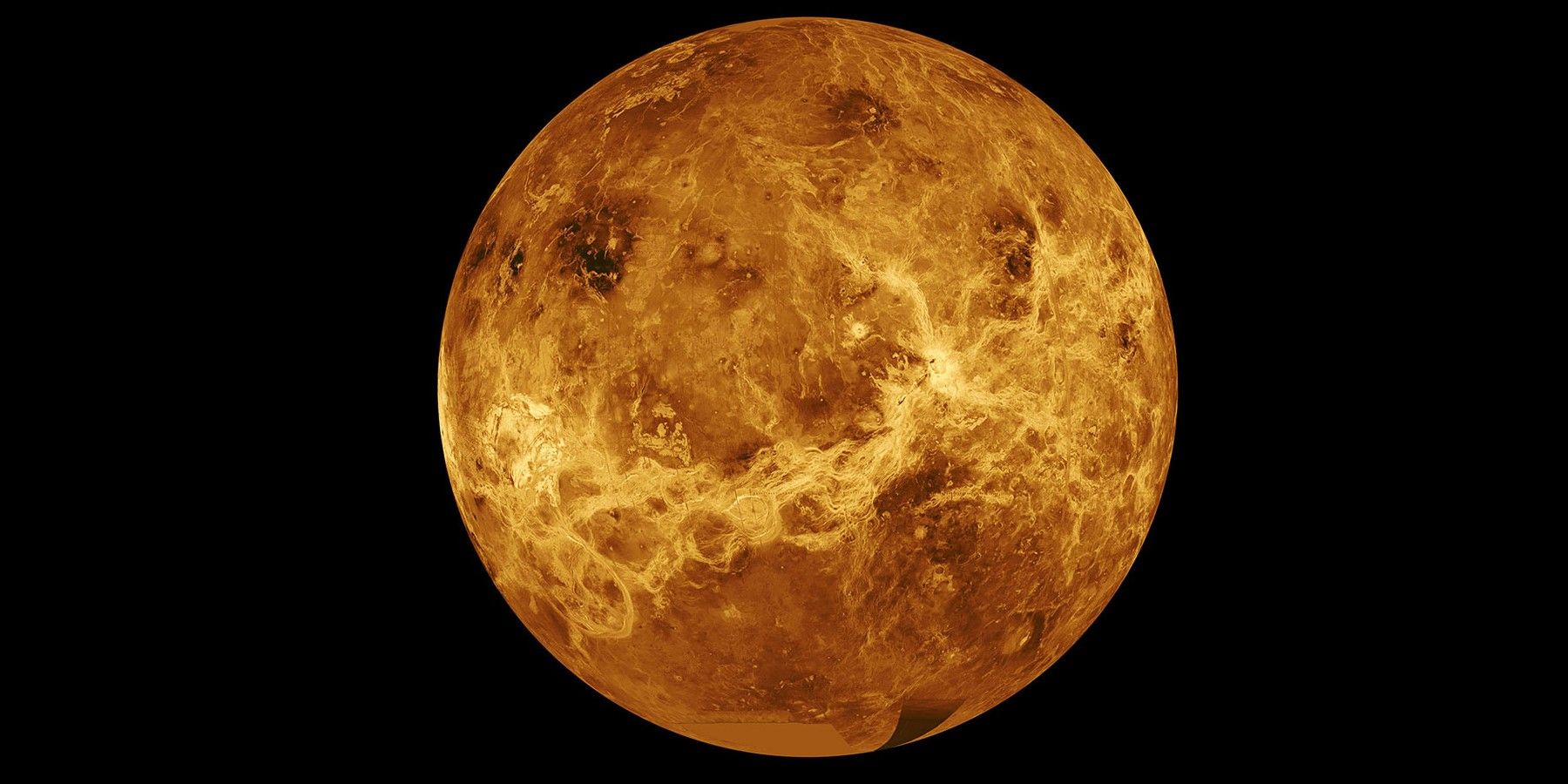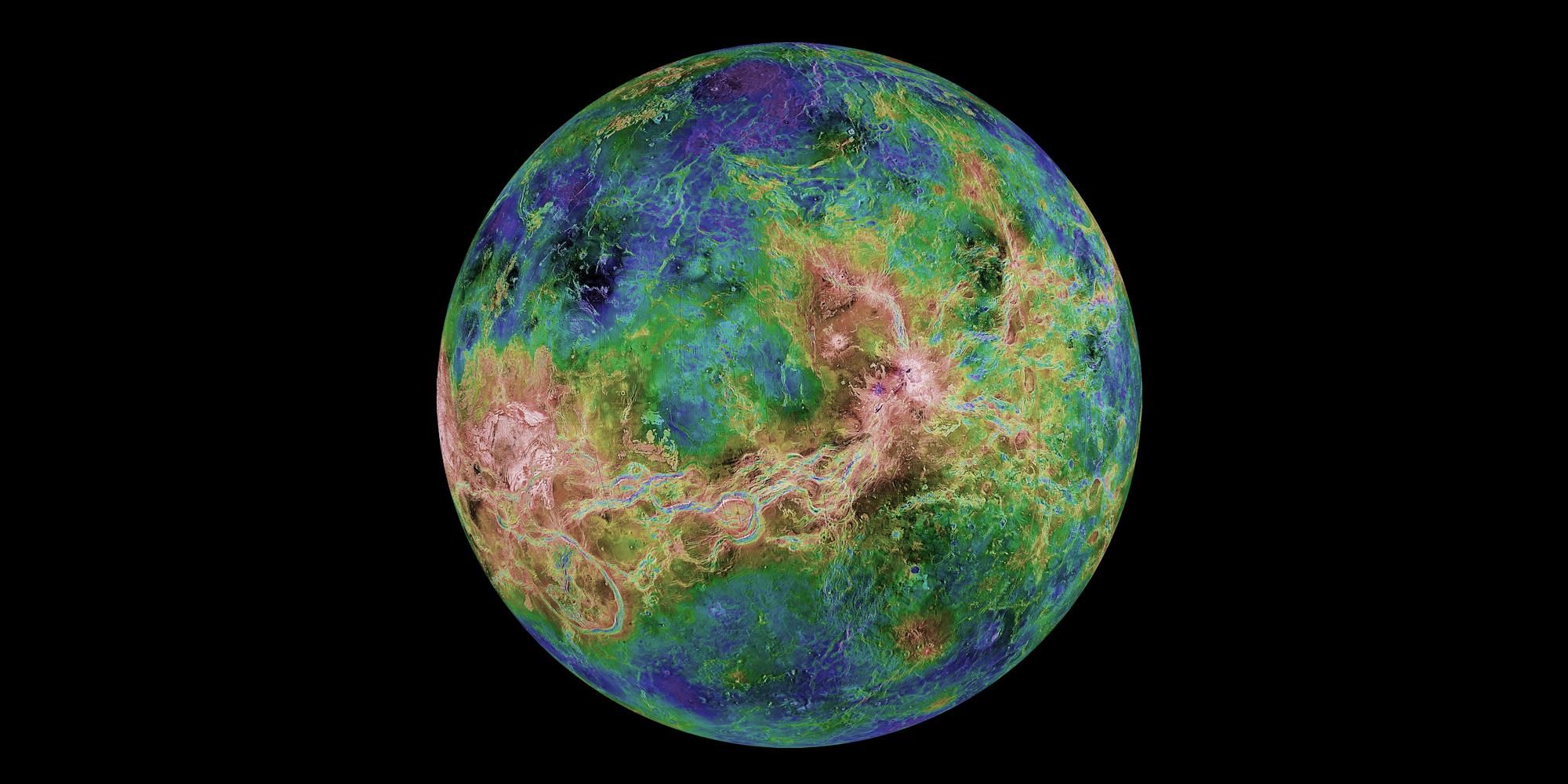Venus might not have the conditions to sustain complex life forms, according to preliminary NASA-backed studies, but new research claims that a phenomenon called phototrophy might allow certain organisms to harness the sunlight and thrive in those conditions. In simple terms, phototrophy refers to the phenomenon that allows life forms such as plants and certain bacteria to absorb specific wavelengths from the Sun’s radiation and convert it into chemical energy in the form of ATP. Photosynthesis — a process that almost all plants employ to produce energy and release oxygen — is one form of phototrophy that plays a key role in the survival of other species as well on Earth.
However, such a process also requires a few other materials, with one crucial element being water. A study conducted in 2020, however, mentioned that there is just not enough water on the planet to support life. Even the most resilient microbe on Earth can’t survive in the extremely low relative humidity levels measured in the planet’s atmosphere, which is said to be almost 100 times too low to hit the life threshold. In comparison, Jupiter offered a comparatively more optimistic scenario for supporting life, even if that’s possible only at microbial levels. Adding more intrigue to the odds of life surviving, a recent study revealed that the direction of north-south winds on Venus reverses at night compared to its daytime pattern.
Now, new research is taking a second shot at assessing the life-sustaining power of Venus. A study led by California State Polytechnic University scientists claims that sunlight filtering through the Venusian atmosphere could allow Earth-like phototrophy and acid-heavy aerosols in the atmosphere might also yield favorable conditions. The team studied the absorption and scattering behavior of sunlight by particles in Venus’ atmosphere and found that certain photosynthetic pigments such as bacteriochlorophyll b and phycocyanin might be able to harvest the light passing through the clouds. The levels of ultraviolet radiations in the lower and middle clouds are favorable for phototrophy to happen. Moreover, the water-related chemical activities in the acidic aerosol of Venus’ atmosphere are enough to support acidic cultivation and are not too far from allowing oxygenic photosynthesis either.
Venus Might Be Borderline Habitable For Microbial Life
Scientists compared the light spectrum data for Earth and Venus’ atmosphere and found certain readings that overlap with the requirements of a phototrophic process on Earth. The research mentions that the potential presence of nitrite chemicals in the middle clouds of Venus could support the nitrogen cycle that is associated with photosynthetic life forms. Additionally, radio readings of the abundant acidic chemicals hypothesize that water activities in the middle clouds could very well be favorable enough for a class of terrestrial microbes to survive.
Lastly, thermal emissions from below the Venusian clouds might be supportive of phototrophic activities. The conclusion is that life-supportive conditions will be available both during the day (from sunlight coming through clouds) and at night (thermal emissions). However, scientists warn that the highly acidic conditions in Venus’ cloud make the scope of habitability extremely limited, and only a small number of known microbes with specific body functions can survive in those conditions. At the end of the day, alien life on Venus might still be a mystery, but chemical studies open the road for testing Earth's microbes on the neighboring planet.
Source: LiebertPub


